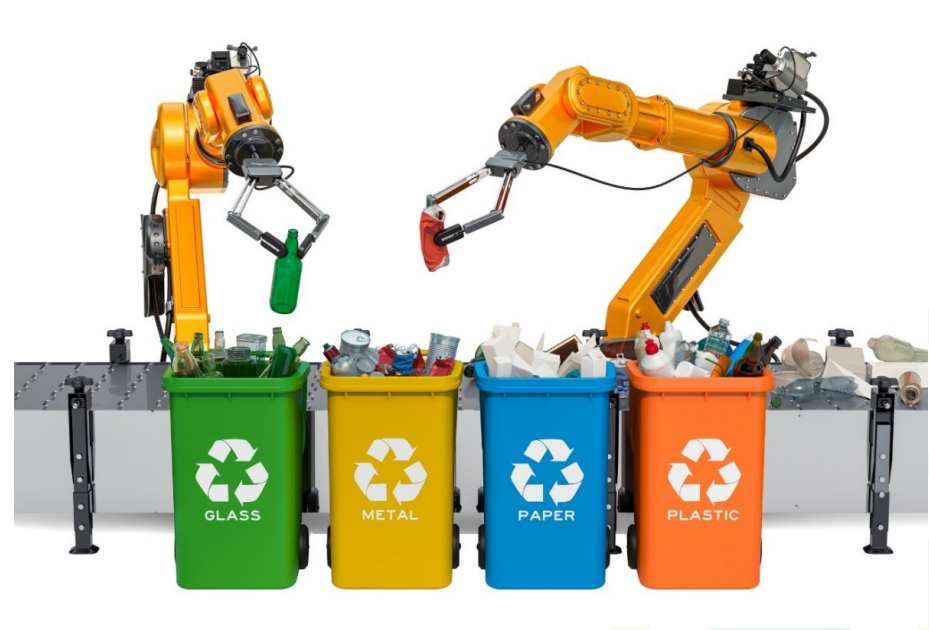Reclaim Waste Melbourne: Proven Techniques for Effective Liquid Waste Removal
Reclaim Waste Melbourne: Proven Techniques for Effective Liquid Waste Removal
Blog Article
The Vital Role of Appropriate Liquid Waste Removal Methods in Waste Administration
In the realm of waste monitoring, the importance of utilizing appropriate fluid waste elimination approaches can not be overemphasized. The complex web of interconnected ecological, health and wellness, and safety and security factors to consider rests on the reliable management of fluid waste. From safeguarding our ecosystems against contamination to upholding public health standards, the correct disposal of liquid waste plays a crucial duty in keeping a sustainable and healthy setting. This critical function expands past mere waste removal, influencing a multitude of markets and aspects of our day-to-days live. It is within this framework that the implementation of audio fluid waste elimination techniques stands as a foundation of responsible waste monitoring techniques.
Relevance of Correct Liquid Waste Elimination
Why is proper fluid waste removal critical in keeping ecological and public health standards? Correct fluid waste removal is essential for securing the environment and maintaining public wellness criteria.
Ecological Advantages of Reliable Techniques
Implementing efficient fluid waste elimination strategies not just safeguards the atmosphere however likewise plays a crucial duty in maintaining public health and wellness standards. By making use of correct methods, such as sophisticated filtering systems and liable disposal methods, the ecological advantages are substantial. Among the primary advantages is the avoidance of contamination of natural water resources. Improper disposal of liquid waste can cause contaminants permeating right into the dirt and at some point reaching groundwater storage tanks, impacting both human health and wellness and communities.
In addition, efficient fluid waste elimination strategies help minimize the threat of waterborne conditions. By making sure that harmful substances are not launched right into water bodies, the spread of illness brought on by infected water can be decreased. In addition, proper waste administration techniques contribute to the conservation of water life. Toxic chemicals in fluid waste can have detrimental impacts on aquatic and freshwater microorganisms, disrupting environments and biodiversity.
Health Ramifications of Inadequate Removal
The detrimental health and wellness ramifications linked with inadequate fluid waste removal highlight the crucial significance of correct disposal approaches and effective management practices. Improper removal of liquid waste can lead to the contamination of water sources, presenting severe wellness threats to both humans and wildlife. When fluid waste having damaging chemicals, pathogens, or various other pollutants is not adequately removed and treated, it can permeate right into groundwater, rivers, and oceans, jeopardizing the top quality of drinking water and marine environments.
Direct exposure to infected water because of insufficient fluid waste removal can lead to different illness, including intestinal health problems, skin infections, breathing concerns, and a lot more severe conditions such as organ damages or neurological disorders. Additionally, the release of untreated fluid waste into the environment can add to the spread of waterborne diseases, producing public health and wellness situations that require substantial resources to visit the website address.
Therefore, carrying out appropriate fluid waste elimination strategies is important to protecting public wellness and preserving the stability of environments. Liquid waste removal. By focusing on effective waste monitoring methods, we can alleviate the health threats related to inadequate liquid waste removal and advertise a much healthier environment for all
Role in Protecting Against Water Contamination
Reliable liquid waste removal techniques play a critical duty in avoiding water contamination and guarding public health. Incorrect disposal of fluid waste, such as without treatment sewer or industrial effluents, can result in the contamination of water sources, presenting serious dangers to human wellness and the environment. When liquid waste is not appropriately eliminated and dealt with, unsafe substances can permeate right into groundwater, rivers, and oceans, infecting drinking water products and marine environments.
Contaminated water can lug a variety of toxins, consisting of pathogens, hefty metals, and chemicals, that have the possible to create waterborne diseases, environmental damages, and long-term health and wellness results in humans and wild animals. Correct liquid waste removal methods, such as wastewater therapy plants, septic systems, and industrial effluent treatment centers, are crucial for eliminating or reducing the effects of hazardous contaminants before they can get in water bodies.
Guaranteeing Safe Disposal Practices
Making sure correct disposal practices for liquid waste is vital you can look here to protect water sources and public wellness from contamination dangers. Safe disposal practices involve sticking to laws and standards set forth by ecological companies to lessen the influence of liquid waste straight from the source on the atmosphere. Correct containment and storage space of fluid waste are vital to stop leaks or spills that could leak into the dirt and pollute groundwater resources. Executing reliable treatment approaches, such as purification or chemical processes, prior to disposal can likewise substantially decrease the dangerous results of fluid waste on the setting.

Conclusion
In verdict, appropriate fluid waste removal strategies play a vital duty in waste monitoring by stopping ecological contamination and securing public wellness. Effective elimination techniques guarantee the risk-free disposal of fluid waste, lessening the adverse effect on communities and water resources. It is essential for industries and people to adopt liable techniques to minimize the dangerous impacts of inappropriate liquid garbage disposal.
In the world of waste administration, the importance of using suitable fluid waste elimination techniques can not be overemphasized. It is within this framework that the implementation of sound liquid waste elimination methods stands as a cornerstone of accountable waste administration methods.

Report this page